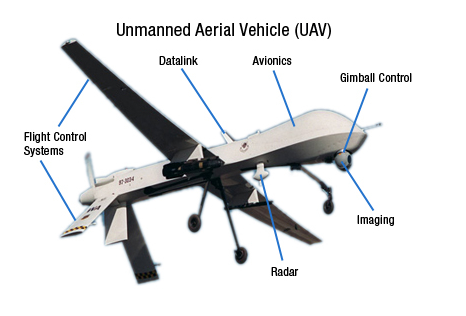Engineering & Technology
PHD Dissertation
- Architecture Robots & 3D Printers
- Downsizing and Turbocharging
- Advanced Combustion Modes
- Organ-on-a-chip
- Water minimization techniques
- Virtual Realities and Immersive Architecture
- Technological Developments For Electrical Vechicles
- Drones or Unmanned Aerial Vehicles(UAVs)
- Modular Construction and 3D Printed Dwellings
- Advances in Gas turbine technology
Drones or Unmanned Aerial Vehicles(UAVs)
Unmanned aerial vehicles (UAV) are guided either autonomously or by remote control. They carry sensors and electronic transmitters and are meant to perform tasks that range from the ordinary to the ultra-dangerous. For example, these robot-like vehicles can rescue avalanche victims in high mountains or drop groceries at a doorstep. Unfettered by crew or life – support systems UAVs are extraordinarily efficient, and offer markedly larger range and resolution than corresponding manned systems[1].
UAVs were developed originally for the aerospace and military industries, and they drones have now found their way into the mainstream as they are highly efficient and safe. The robotic UAVs function without a pilot on board and they have varied levels of autonomy. The autonomy level of UAVs can range from a human controlling their movements or their reliance on a system of sensors and detectors to determine their movement[2]. Drones are enabled to travel varying heights and distances. Close-range drones travel up to three miles and are used by hobbyists. Short-range drones that travel a maximum of 90 miles are used for intelligence gathering and espionage. Mid-range drones with a 400-mile distance are used for scientific studies and meteorological research. The longest-range UAVs have the capability to go more than 400-mile range and reach 3,000 feet in the air. Thus, drones take on some of the hardest works in the world[3].

Fig 3: Drones and Unmanned Aerial Vehicle (UAV)
Thus, for construction companies, virtual reality comes as a boon to reduce the waste of materials, help with logistics, and turn the cost into relocating digital experience.
